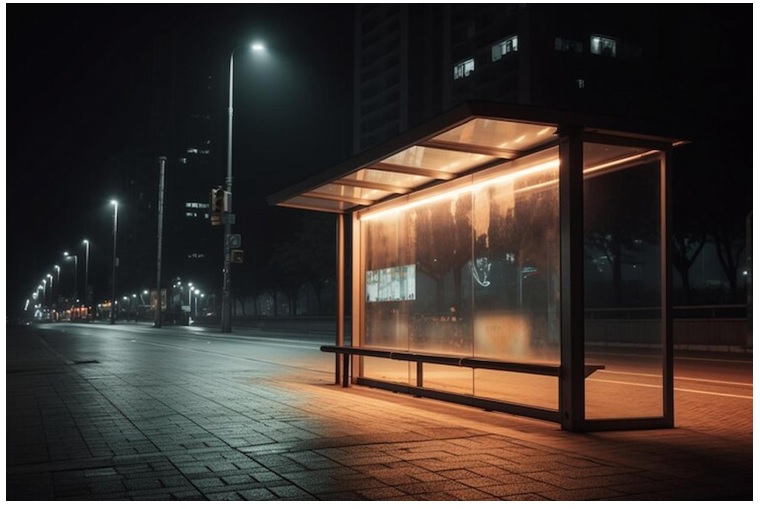How Bus Shelters Enhance Public Transportation Infrastructure in Cities

In the bustling landscape of urban living, public transportation stands as a lifeline, connecting individuals to their destinations and fostering vibrant communities.
Amidst the intricate network of buses, trains, and subway systems, bus shelters emerge as unsung heroes, quietly enhancing the efficiency and accessibility of public transit.
These unassuming structures offer far more than just a place to wait for the next bus; they serve as integral components of urban infrastructure, enriching the commuting experience for passengers and communities alike.
From shielding commuters from inclement weather to fostering social interaction and inclusivity, bus shelters play a vital role in ensuring that public transit remains viable and attractive for city dwellers.
The Importance of Bus Shelters
- The Bus shelter serves as a vital hub within urban landscapes, providing a myriad of benefits to both passengers and communities. Firstly, they offer shelter from the elements, shielding commuters from rain, snow, or scorching sun, ensuring a more comfortable waiting experience. This protection encourages greater use of public transit, reducing reliance on personal vehicles and mitigating traffic congestion.
- Moreover, bus shelters contribute significantly to safety, particularly during late hours or in secluded areas. Their presence fosters a sense of security for passengers, encouraging more people to opt for public transportation, regardless of the time of day. This not only enhances personal safety but also improves the overall perception of public transit as a reliable mode of transportation.
Enhancing Accessibility and Inclusivity
- Inclusive urban planning is crucial for fostering equitable access to transportation services. Bus shelters play a vital role by ensuring accessibility for individuals with disabilities and elderly passengers. Many modern bus shelters are designed to accommodate wheelchair users, with features such as ramps and tactile paving, ensuring that public transportation remains accessible to all community members.
- Furthermore, bus shelters serve as information hubs, displaying route maps, schedules, and other pertinent information, aiding commuters in navigating the transit system more efficiently. This accessibility fosters greater independence and empowerment among passengers, particularly those who may rely solely on public transportation for their mobility needs.
Community Integration and Urban Beautification
- Beyond their functional aspects, bus shelters also contribute to the aesthetic appeal of urban environments. Thoughtfully, the designer bus shelter enhances the visual character of streetscapes, contributing to a sense of place and identity within communities. Incorporating art installations, green spaces, or innovative design elements into bus shelter infrastructure can transform mundane transit stops into vibrant urban landmarks, ensuring that these essential structures serve as practical amenities and as focal points of artistic expression and community pride.
- Moreover, bus shelters serve as nodes of community interaction, providing spaces for social engagement and cultural exchange. They serve as gathering points where commuters from diverse backgrounds converge, fostering connections and promoting a sense of belonging within the urban fabric.
Conclusion
The significance of bus shelters in bolstering public transportation infrastructure cannot be overstated. As cities grapple with urbanisation and sustainability challenges, investing in well-designed and strategically located bus shelters becomes increasingly imperative.
These modest structures serve as beacons of accessibility, safety, and community integration, embodying the essence of inclusive urban planning.
By recognising the pivotal role of bus shelters and prioritising their enhancement, cities can create more livable, equitable, and resilient urban environments for generations to come.





